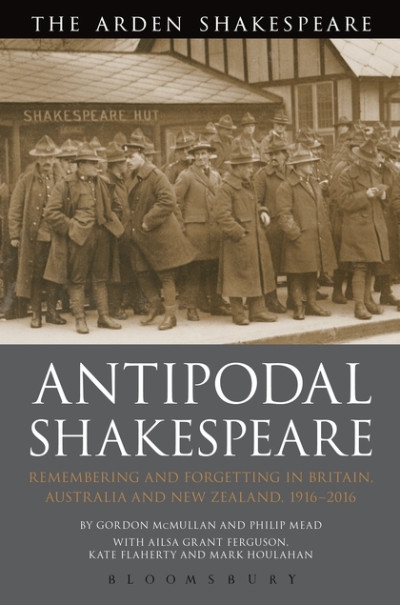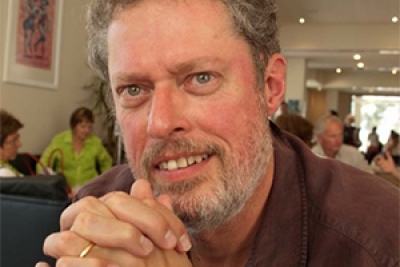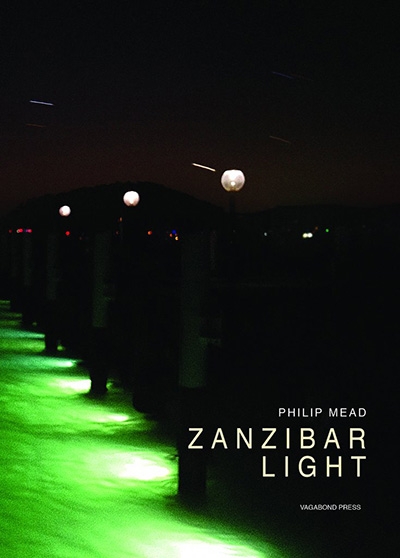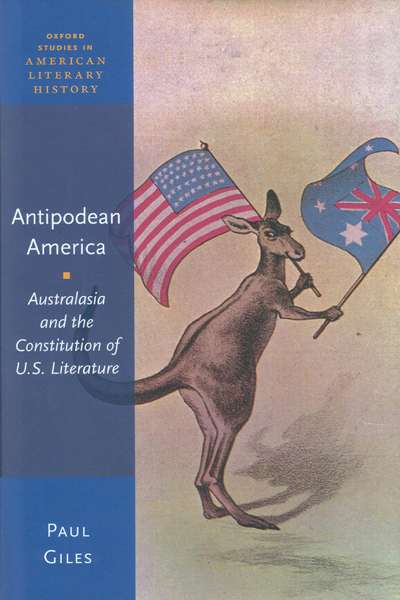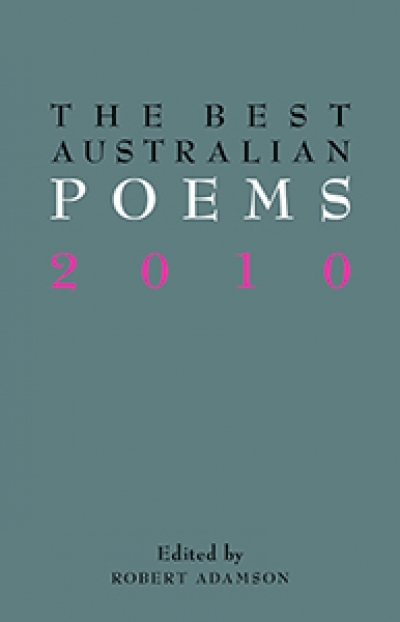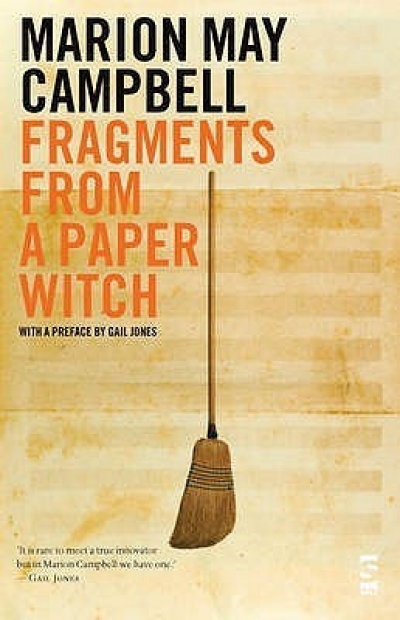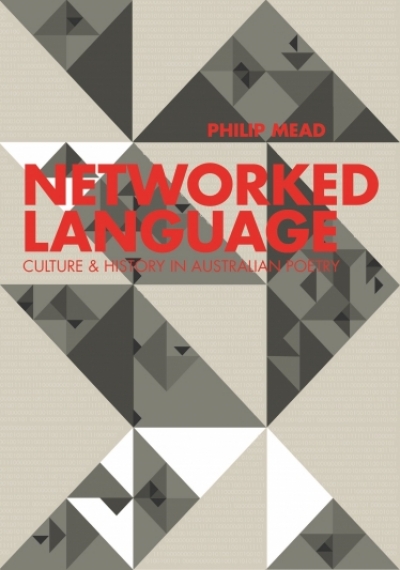Philip Mead
Antipodal Shakespeare: Remembering and Forgetting in Britain, Australia and New Zealand, 1916 - 2016 by Gordon McMullan and Philip Mead et al.
You learn very different things from different poets, from formal aspects, some of them minute, to whole revelations about what a poem might be. This is always developing, and influences tend to come in waves or moments, with anthologies and magazines, subcultures ...
... (read more)You’ll be lost in the headlong city, turning your oar, older
Her house needs to stay open for another October ...
Antipodean America: Australasia and the constitution of U.S. Literature by Paul Giles
Networked Language: Culture & history in Australian poetry by Philip Mead
Who exactly is available to tell us the story of our minds?
If I dream of an estuary called ‘Ephemeral Waters,’ an optimum of spectral love
anyone might allude to their misgivings. Or it’s interpersonal, the tide finds
its way round the three islands, flowing away from negative emotions, some remove
their shoes at the door, others talk of auras, or the portals of youth, the mark

